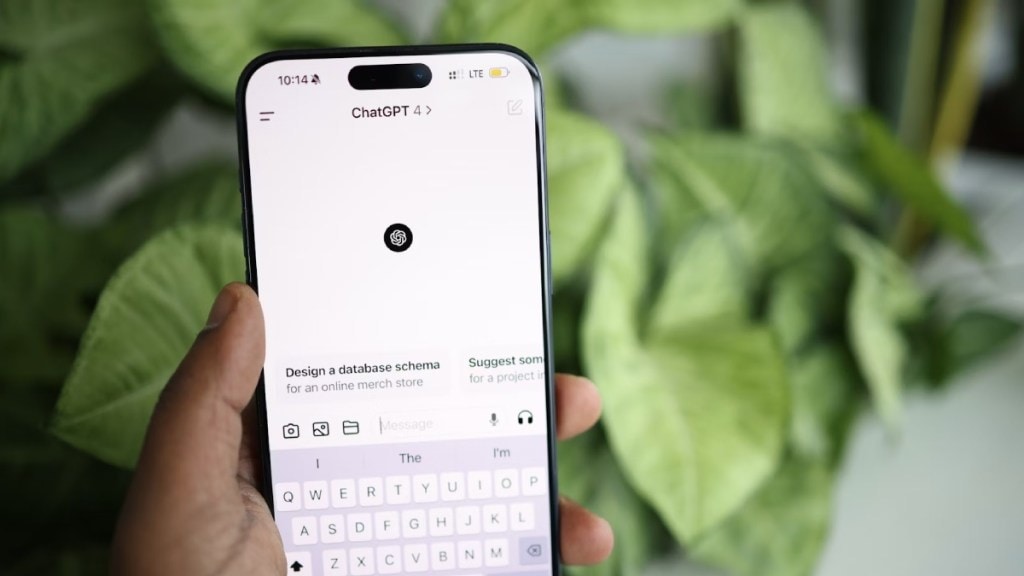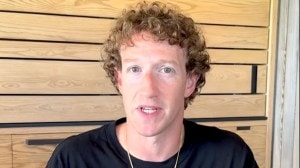Have you wondered what most of the world uses ChatGPT for? In the wake of the controversy surrounding the loss of the GPT-4o model after the release of GPT-5, several cases of people getting attached to the virtual personalities emerged. ChatGPT was found to be more than just a chatbot – it was a virtual partner to people, other than being a student’s homework buddy, a scientist’s research buddy, a corporate person’s personal assistant, and a teacher’s essay writer.
OpenAI, however, has something else to say. In a recently conducted research done in collaboration with the National Bureau of Economic Research, it has been revealed how people use ChatGPT. The findings, based on an analysis of over 1.5 million conversations, show that while ChatGPT was initially seen as a tool for work and coding, its primary use continues to focus on everyday personal tasks. Coding remains a relatively niche activity.
OpenAI study reveals ChatGPT usage preferences
The study identified three main categories of use: Practical Guidance, Seeking Information, and Writing, which account for the vast majority of user conversations.
The research further breaks down user messages into three actions: “Asking,” “Doing,” and “Expressing.” The “Asking” category, where users seek advice, information, or clarification, makes up nearly half of all messages (49 per cent). This suggests that users value ChatGPT most as a digital advisor. In contrast, “Doing” (40 per cent of usage) involves task-oriented activities like drafting documents or programming. “Expressing” (11 per cent) covers personal reflection and creative exploration.
The report also highlights a shift in the balance between work and non-work-related use. While work-related messages saw steady growth, non-work-related conversations grew at an even faster rate – accounting for over 70 per cent of all usage. This indicates that a majority of people are turning to the chatbot for help with their personal lives rather than professional tasks – something which was evident during the transition from GPT-4 to GPT-5.
Who uses ChatGPT more?
The study also provides insights into the changing demographics of ChatGPT’s user base. The early gender gap, which found male users dominating, has nearly vanished, with usage now evenly split between genders.
Additionally, adoption rates are reportedly growing four times faster in lower- and middle-income countries compared to wealthier nations, indicating that access to AI is broadening globally. The introduction of affordable premium subscriptions like ChatGPT Go in India is broadening the loyal user base, thus expanding the ecosystem.







